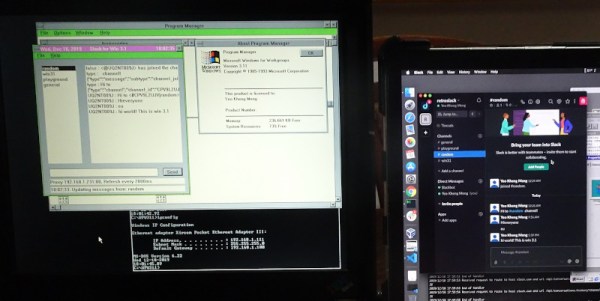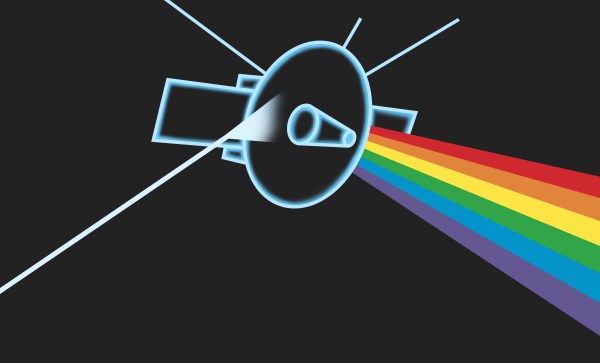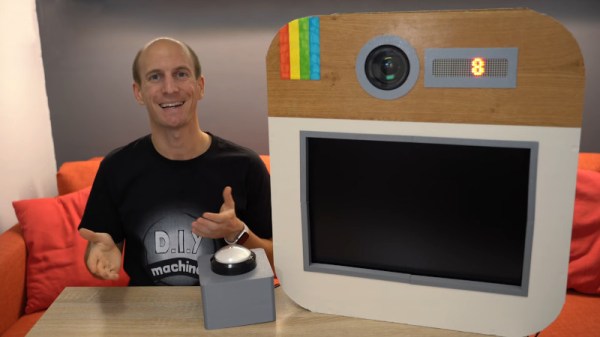Emily Velasco seems to absolutely delight in the weird, and we think that is wonderful. Weird brings us together. If you can be weird with someone else, you’ll have a special bond for life. In her inspiring 2019 Supercon talk (embedded below), Emily explains why she is drawn to weird things, and why you should be, too. Her enthusiasm is both palpable and infectious, so don’t be surprised if you suddenly want to drop everything to accompany her on a treasure hunt adventure and spend the rest of the day making things.
 Emily doesn’t try to push making weird things on to you, but her reasons for working in weird are quite compelling. Weird things catch the eye and interrupt the tedium of our lives. They give us pause and invite us to look again. You can choose to turn away if you want. But if you look closer, you might find that ugly, weird, and annoying things begin to charm you.
Emily doesn’t try to push making weird things on to you, but her reasons for working in weird are quite compelling. Weird things catch the eye and interrupt the tedium of our lives. They give us pause and invite us to look again. You can choose to turn away if you want. But if you look closer, you might find that ugly, weird, and annoying things begin to charm you.
Emily says the formative force that pulled her toward the weird was the gang of mutant toys that the villainous Sid made in Toy Story. They force you to look closer and to consider them. But Emily is far from mean-spirited — she builds her creations with love, and not to act out or to spite her little sister. They’re not what you expect, and even if someone finds them off-putting at first, they are undeniably interesting.
Continue reading “Supercon Talk: Emily Velasco Wants You To Work Weird”




















